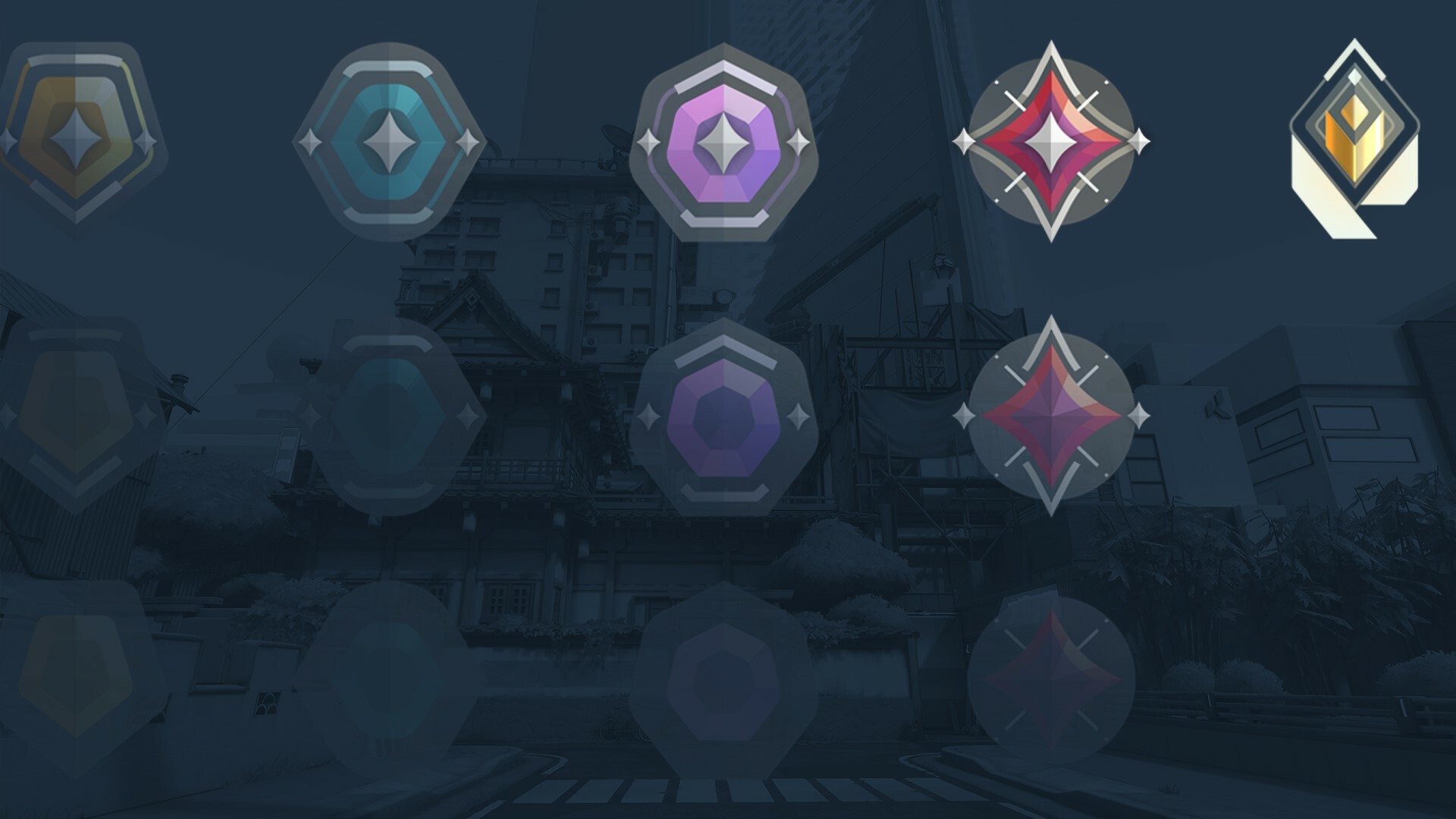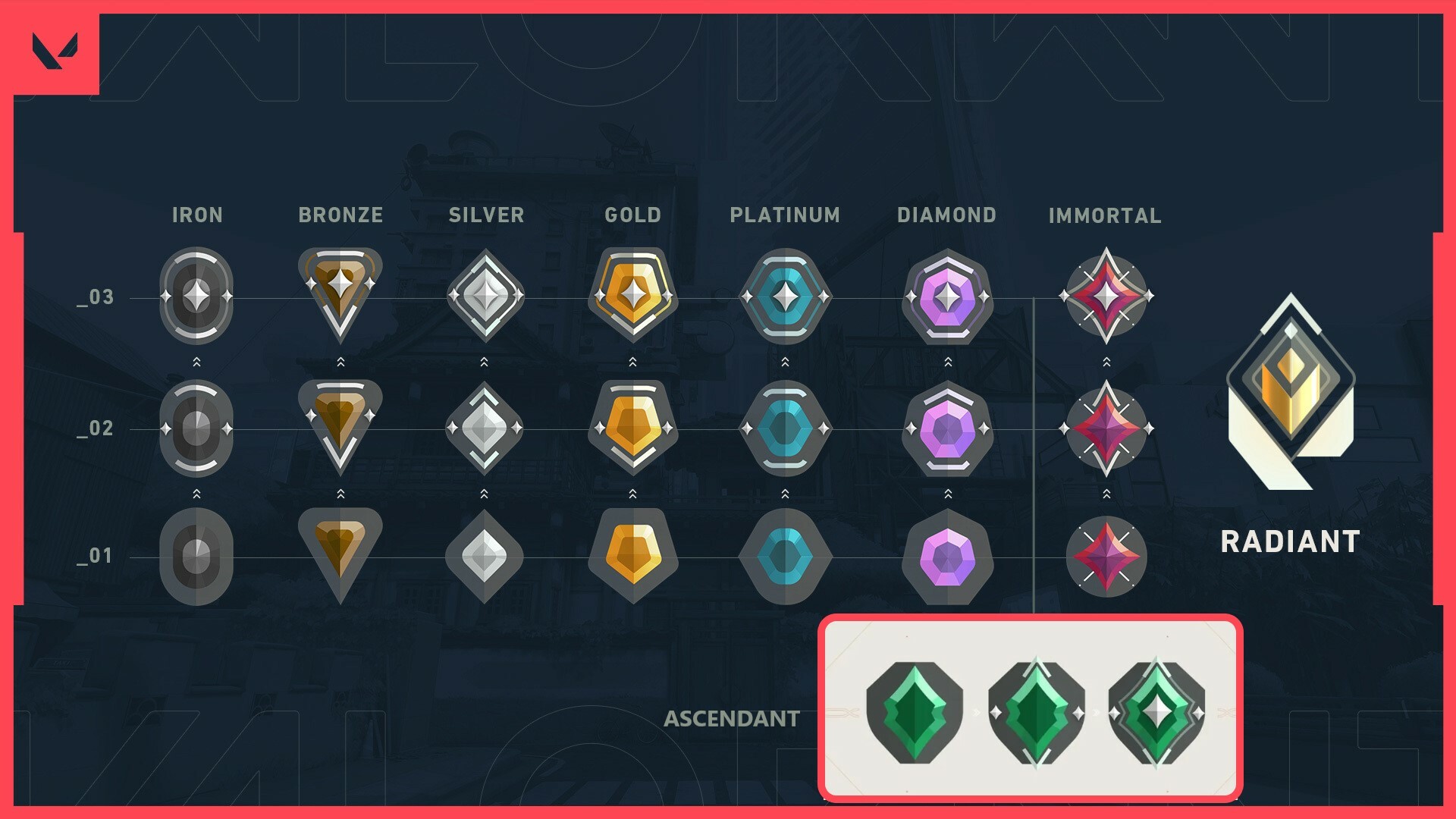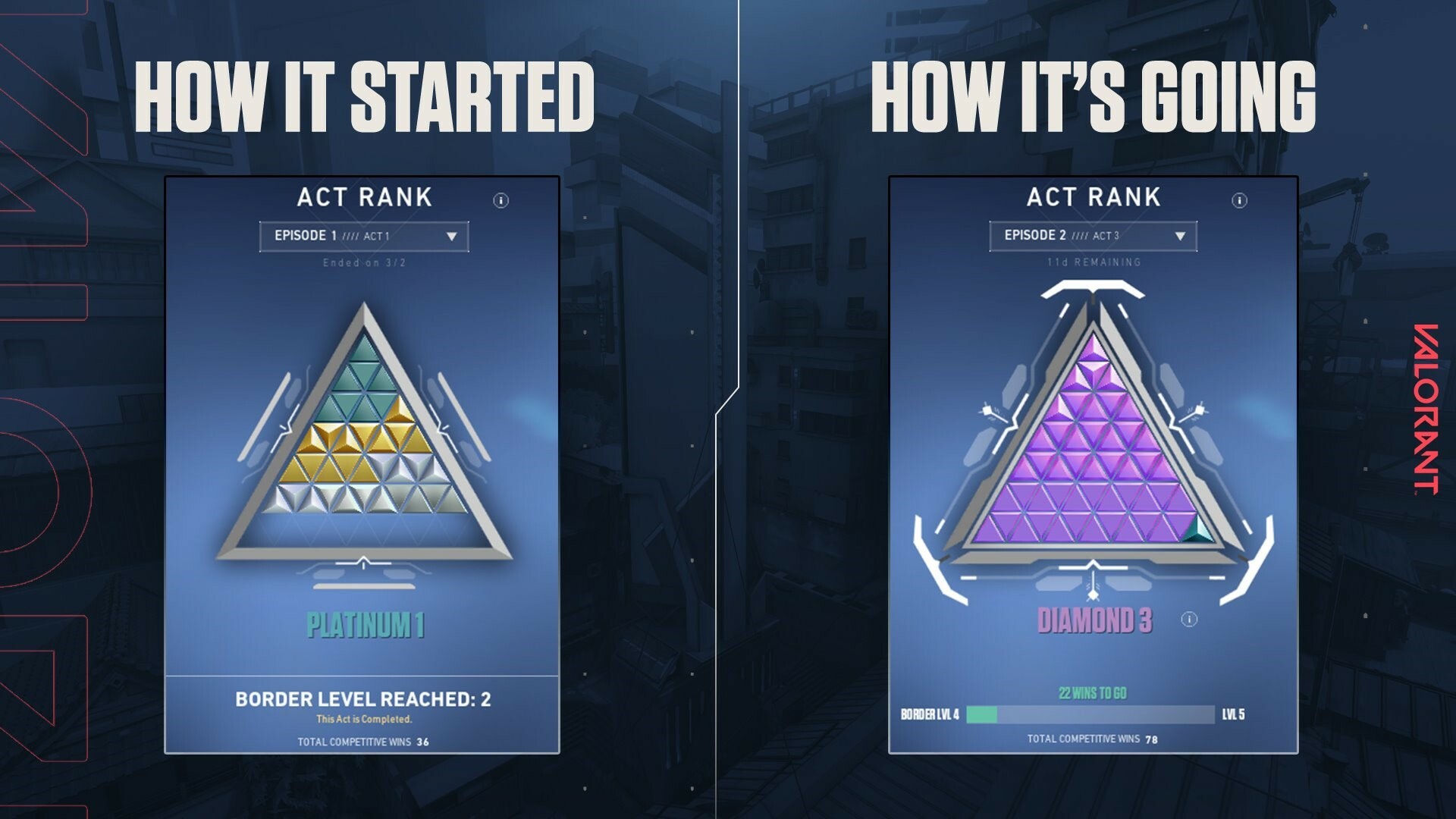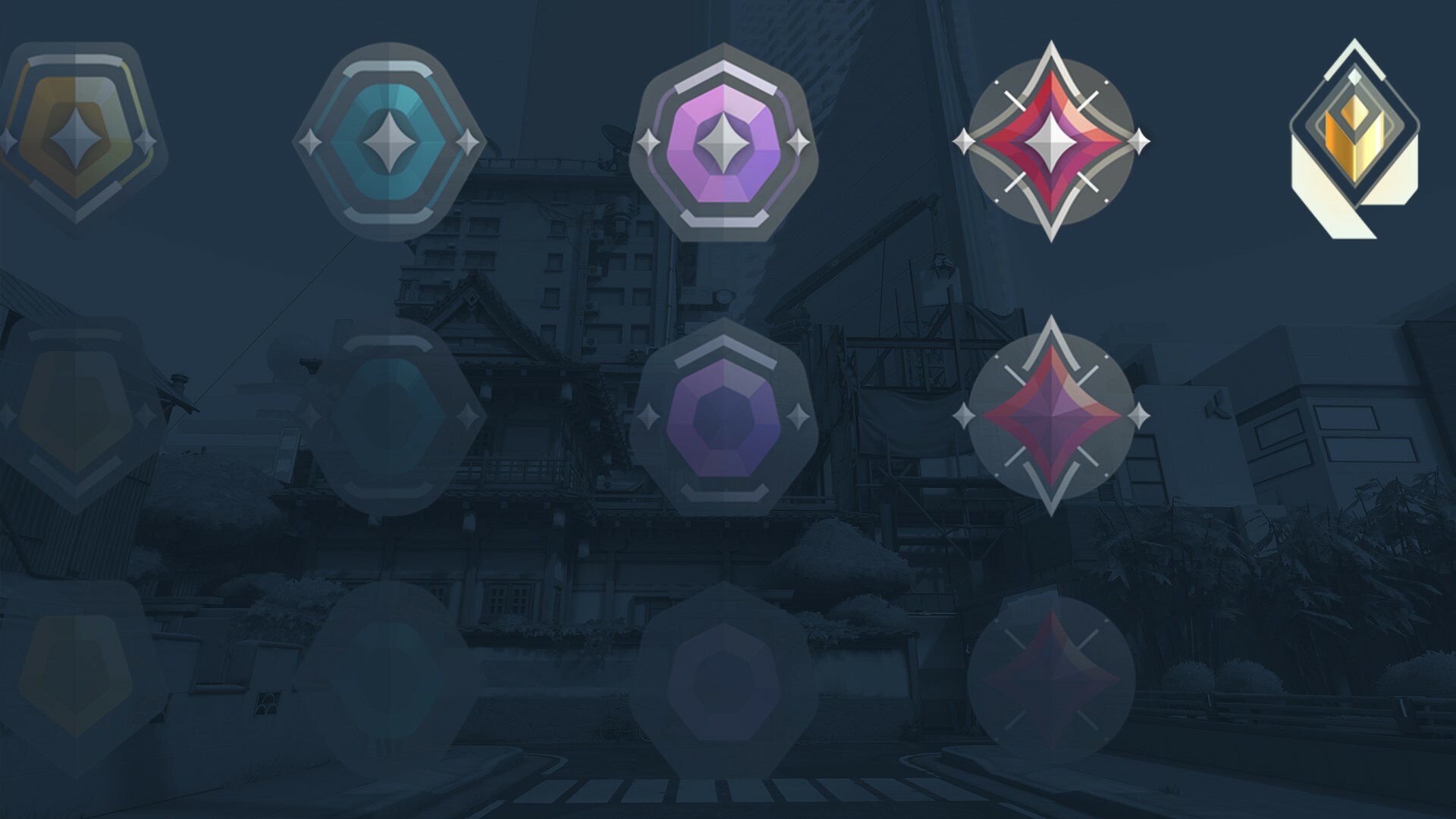Riot Games' tactical shooter Valorant has its own competitive spirit for the players. At times it can be complex, so let's see Valorant's ranked system.

Valorant's ranked system and competitive mode are great, but some players have difficulty understanding it. This is because of tons of information regarding Act ranks, RR, MMR, and more So let's take a look at and explain Valorant's ranked system and competitive mode.
Valorant Competitive Mode Explained
How to Start Playing Competitive Valorant?
So if you're a beginner Valorant player, there's firstly something you should take care of before you can play competitive mode. And that's to level up your profile to level 20. To reach any Valorant level, you'll need to obtain 5000 AP. You should definitely reach that level with the best Phantom skins.

If you're just starting out Valorant, you'll be Level 1, so to start playing competitively you'll need to acquire 95000 AP. The AP you'll get after every match depends on how much time the game lasted and the results of it. You can obtain extra AP by getting a first win of the game, which grants you a hefty 1000 AP. So to reach competitive, just play normally, practice your aim, and strafe to win a game every day until you reach Level 20.
What are Valorant Ranks in Order?
There are currently 9 ranks in Valorant: Iron, Bronze, Silver, Gold, Platinum, Diamond, Ascendant, Immortal, and Radiant, with Ascendant being added later into the game with Patch 5.0. You'll be initially placed in one of these ranks once you play your five placement games. Though if you've already achieved a rank, you should check out the Valorant Ranked Distribution to see how good you are compared to other players.

Each rank has 3 tiers except for Radiant. The lowest tier of the rank is 1, while 3 is the highest. For example, if you win your games in Bronze 3, you'll be placed in Silver 1. Although ranks are a good way of showing your progress, keep in mind they shouldn't dictate your practice and gameplay improvement.
What is Act Rank Valorant?
If you're not familiar with Valorant's Episode and Act format, let me explain. Valorant is divided into Episodes, with each Valorant Episode having 3 Acts before moving into a new Episode. Every Act has a new Battle Pass and it lasts around 2 weeks. With this in mind, a Valorant Act Rank is the rank you reached during your competitive queues for a specific Act in an Episode.

You can check out your Valorant Act Rank and previous Act Ranks by clicking on Career above and selecting the Act Rank option. It's also worth mentioning by winning a certain amount of games in a rank, you'll unlock a Profile border for the certain rank you're in.
How to Rank Up Valorant?
The simple way of ranking up in Valorant is by winning Competitive games. But some players are unaware of the number of factors and strategies that go towards rating how strong of a player you are. The first thing is RR. Each Valorant Rank is reached by obtaining 100 RR. You can get anywhere from 10 to 50 RR per Competitive win. The real question is if you should reach that number with a Vandal or Phantom.

If you're an exceptionally good player being an MVP with tons of kills, a Competitive win can often rank you up instantly, say from Silver 2 to Gold 1 skipping Silver 3. And if you don't play Valorant for some time, don't worry you won't lose your rank. The rank may not show after 14 days of inactivity, but play 1 Competitive game and the rank will be back up. Though it's worth mentioning you'll nevertheless lose your rank after 6 months by the rank being reset up to 3-4 times lower.
With all these RR numbers and ranks with a hidden factor called MMR, players are left wondering what on Earth they all mean.
RR and MMR Explained Valorant
What is RR Valorant?
As we previously mentioned, RR is the certain number you need to reach to rank up. The value between each rank is 100 RR, except for Immortal. Only the top 500 players of a region can be Radiant, meaning there's no RR threshold like other ranks between Immortal 3 and Radiant.
Be aware you can also lose RR from one Competitive match to the other. But believe it or not, how much RR you obtain is assigned to another hidden factor called MMR.
What is MMR Valorant?
MMR is the most important hidden factor in ranking up in Valorant. It stands for Matchmaking Rating, and it rates your overall score and performance of all your Competitive games. Although you can never know your exact MMR, it is always equal to the players of your Rank Tier if you're lower than Immortal. Even if you're in the lower ranks, you should build up your hidden MMR with these best Valorant agents for beginners.
The worst thing about MMR is that it never resets. What this means is that if you've had a lot of bad games, it'll be tough to improve a number you can't see. Some players create new accounts just to reset their MMR. And MMR may not be the same as RR, but they do share a really deep connection in dictating your Valorant Rank.
How are RR and MMR Connected Valorant?
Basically, MMR dictates the flow of your RR. And RR is the main number you should focus on to rank up. So here's the exact RR and MMR correlation:
- Low MMR = Low RR: if you have a low MMR, your Competitive wins will bring you less RR, while your Competitive losses will decrease your RR a lot
- High MMR = High RR: if you have a high MMR, your Competitive wins will bring you more RR, while your Competitive losses won't decrease your RR by much
This is everything you need to know about Valorant's Ranked System and Competitive game mode. Most of the time it's plain confusing, but this should've cleared your head on Competitive Valorant!











